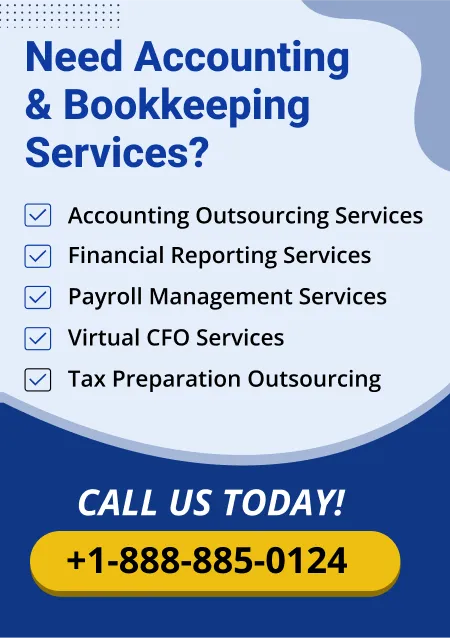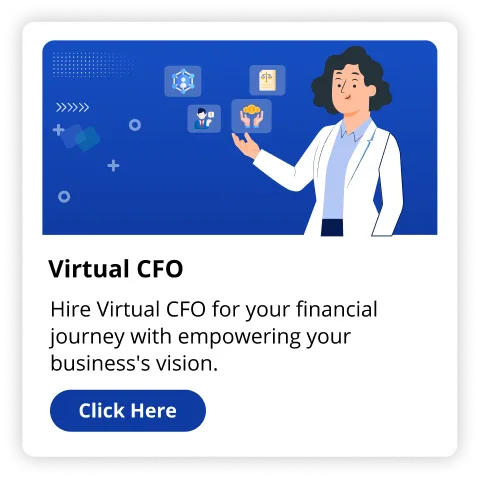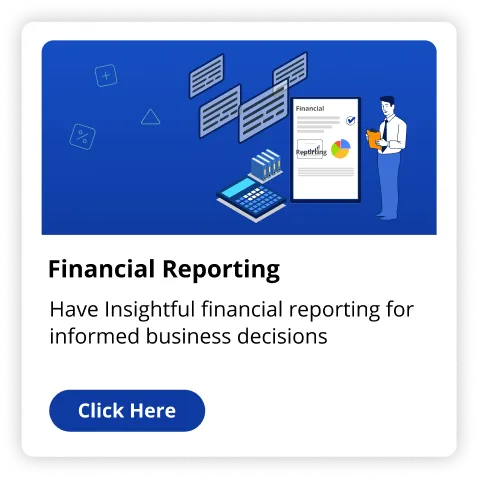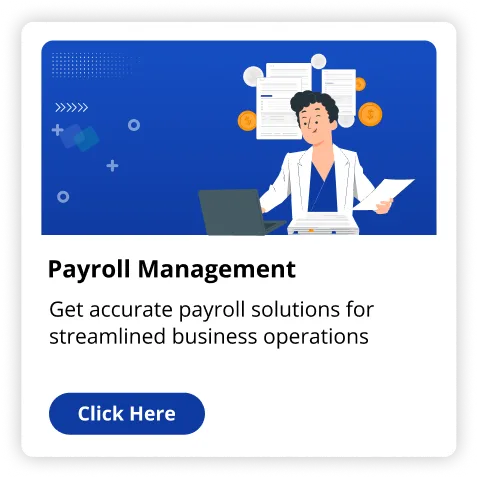For any business, hiring an entirely fresh hire can be an important choice. It can be a very thrilling and anxious job when it comes to hiring new talent. Whether you are a big MNC or a small business, recruiting is overwhelming. The major factor that affects hiring is if your business has enough budget in hand for recruitment. Paying an income is only a single cost to take into consideration when hiring; additional costs include advantages, taxes, and on boarding. You will be able to evaluate your financial readiness for hiring more staff by following the steps provided in this article.
1. Keeping the records: Knowing your current financial stance
You should know about the financial stance of your operations before you start searching for new recruits. Be sure to carefully go over your financial statements, focusing especially on the profit and loss (P&L) statements and cash flow reports. Does your business earn enough to cover day-to-day life expenses, overhead, wages and taxes? Does your budget accommodate greater revenue and related expenses? Being continually profitable for at least half a year or more is an indication that you are able to hire. If your profits fluctuate substantially from month to month, hiring might not be the best plan of action at this moment. The long-lasting nature of your cash stream affects your ability to maintain paying for ongoing involvement like this.
2. Calculating the ultimatum: How much it cost to hire an employee?
Hiring an employee really costs a lot more than just their base pay. Make sure you take into account every related expense when deciding if hiring falls within your means. These costs may include:
- Wage: The most visible cost. Find out what the market rate is in your industry for the job you need to fill.
- Benefits: Offering medical care, savings accounts, and other benefits to employees can drive up prices significantly in the United States.
- Payroll Taxes: Employers have to pay worker's compensation, unemployment insurance, and Medicare and Social Security taxes.
- Training and Onboarding: It's easy to misjudge the amount of time and cash required to effectively onboard a new employee.
- Tools and Equipment: Will the new employee need a computer, particular software, or other items to carry out their work? Combine these to figure out the entire financial impact of a new hire.
For example, if you’re planning to hire someone at a $50,000 salary, the full cost, including benefits and taxes, could easily approach $60,000–$70,000.
3. The hit of productivity: How it will impact you
The hiring choices must be determined by increased productivity in addition. Think carefully whether adding a new employee will increase profits or enhance the efficiency of operations. Consider this:
- Will the new employee increase income either directly or indirectly?
- Will they assume tasks that are weighing you or additional employees down, freeing up spare time for other activities that bring in money?
- Can they bridge skill gaps on your team, which might render you more competitive?
- Employing people ought to be an investment instead of a cost.
It's critical to determine if hiring this additional person could boost your profitability by stimulating growth or raising productivity.
4. Revenue growth forecasting and creating flexible budgets
Projected growth for your business is a further significant variable. It might be acceptable for you to recruit a new employee if your business grows over time and you are hoping to make more money in the years to come. Estimate your income for the following six to twelve months and contrast it with the higher cost of hiring. Hiring could be a wise move if your forecasts indicate you'll require additional staff to satisfy demand or expand your business. But in your forecasts, be sure to incorporate conservative projections that take into account any possible market slowdowns or unanticipated costs. In addition, take into consideration your entire budget. You have more flexibility to take in the expenses of a new hire if you operate well under budget or have additional financial flexibility.
5. How assessing workload will enhance efficiency?
Verifying that a new hire really is needed is important. Occasionally, redundant processes or workflow inefficiencies can give an appearance that there's a shortage of workers. Consider your team's productivity and workload before making the choice to hire them. Is it possible to restructure or streamline work to lessen the requirement for a fresh hire? Which would be more economical: outsourcing or automation? Ensuring that your present staff and procedures are set up for maximum effectiveness should come before hiring.
6. The alternative solution: Consider a staff replacement
If your financial analysis suggests you might not be prepared to bring on a full-time employee, take into consideration alternate possibilities like temporary, freelance, or part-time employment. These choices could provide you the autonomy you need whilst still assisting in the growth of your company and often have lower overhead costs. When it arrives at seasonal work or short-term projects, freelancers or contractors may prove especially helpful because they can assist you handle workload shifts without requiring the long-term financial investment of a full-time staff.
Conclusion
The Fino Partners, A comprehensive economic evaluation is required prior to making an important decision, such as hiring a new staff member. By analysing the financial health of your business, figuring out the total expense of hiring, and forecasting future growth, you can make a smart decision. Recall that the objective is to hire if it makes sense financially and if doing so will boost revenue or productivity. If the moment isn't perfect, think about temporary employment options until your company is ready for a new full-time employee.



























